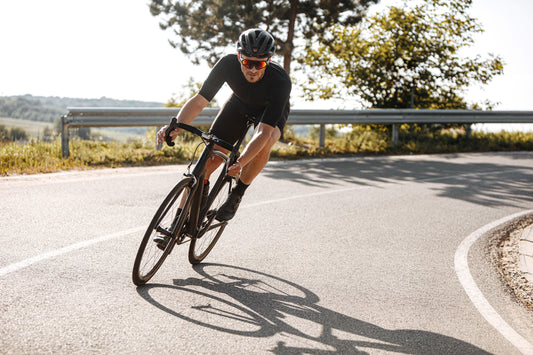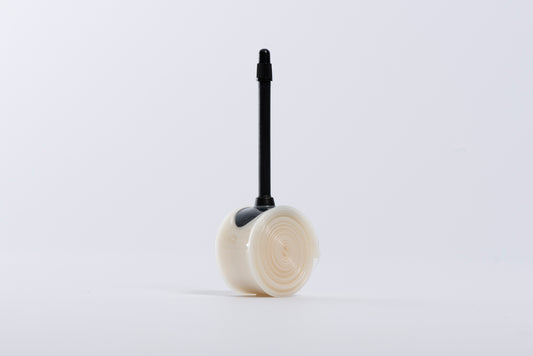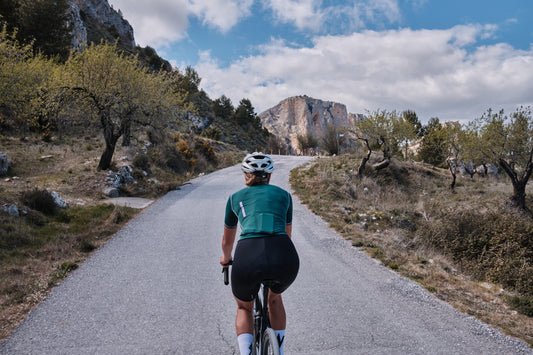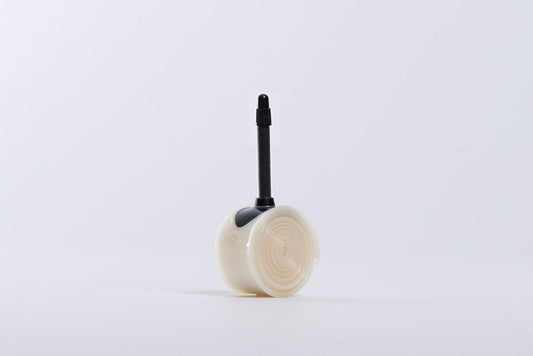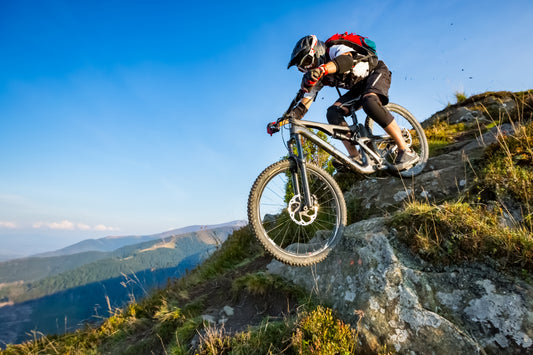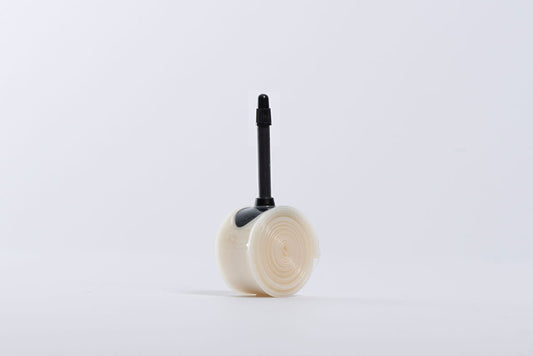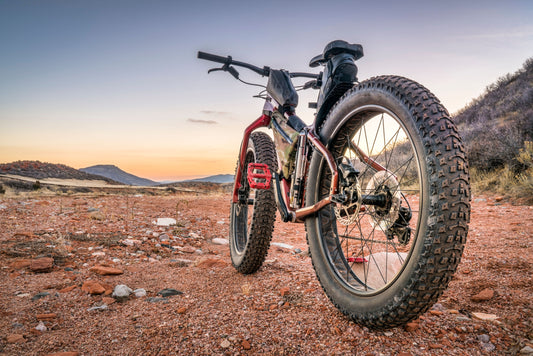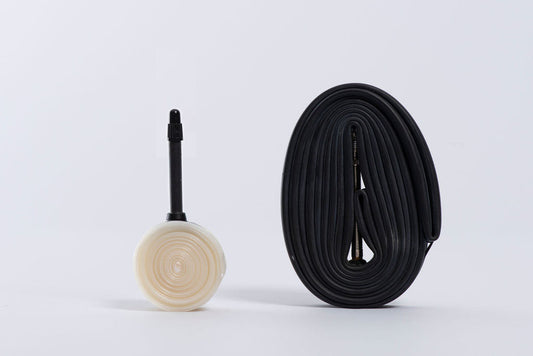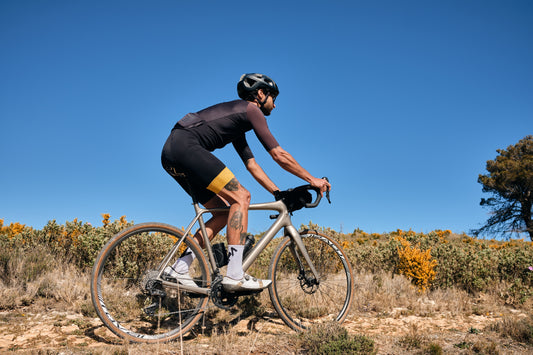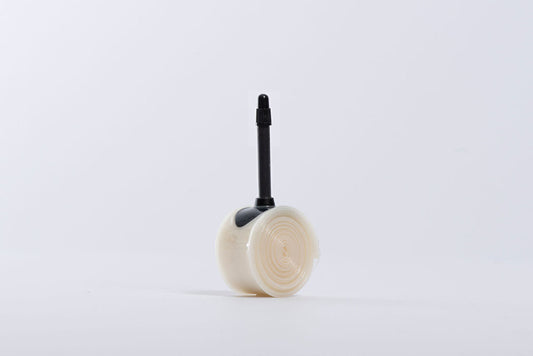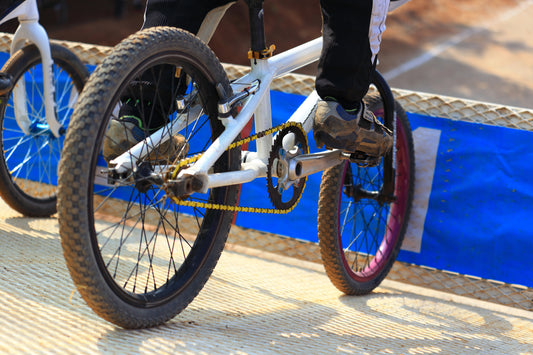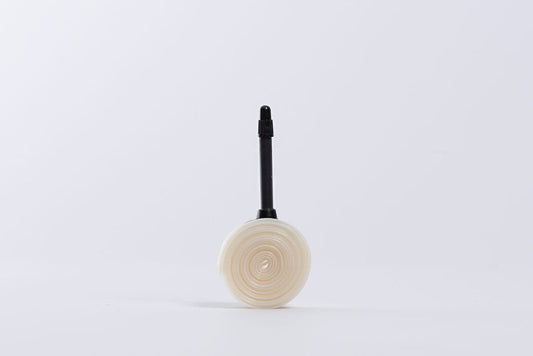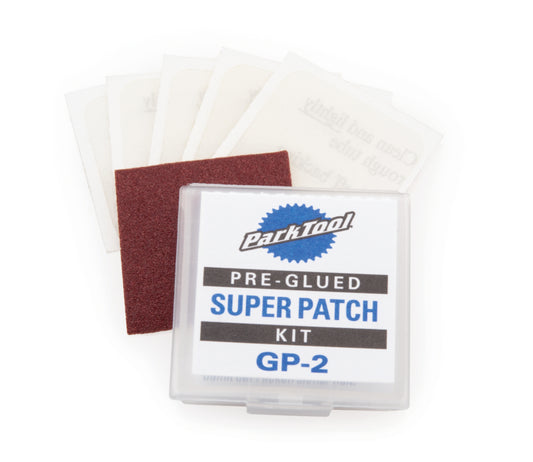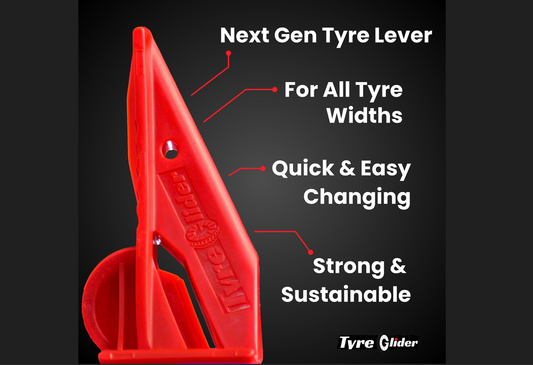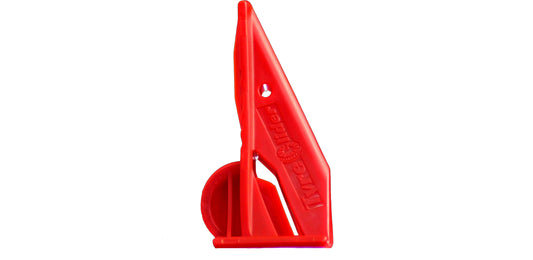The advent of TPU tubes has really given us grounds to take a step back from the tubeless revolution and ask a few more questions rather than just follow along with the trend.
Let's take a look at this from a few different angles so we can see why tubeless is not a clear winner on every front, which some people might have you believe. We will take a look at: Ease of set up, weight, rolling resistance, puncture resistance, cost (of course), ease of ongoing use and serviceability then finally rim blow offs and burping....
Ease of set up
I am afraid TPU tubes are a clear winner here, and for several reasons.
- No sealant mess.
- It's a great deal easier to fit a clincher tire than a tubeless tire, they are generally just not as tight fitting.
- You don't have to worry about leaking rim tape, which can seriously damage your wheel.
- If you travel with our bike and have to deflate the tires, you can look forward to a bag full of sealant and fun remounting your tires on arrival if you are tubeless.
Score: TPU 1:0 Tubeless
Weight
Tubeless used to be a clear winner here, with a clincher tire plus rubber tube weighing in at around 50 - 80 grams more than the tubeless tire plus sealant (assuming rim tapes weight is the same). But now that is just not the case at all. With TPU tubes being less than 40 grams, 60 grams for MTB, or in other words, around 75% lighter than rubber tubes, the weight balance is now slightly on the side of the TPU tubes. As an example, a continental GP 5000 25c clincher is a full 40 grams lighter than the tubeless ready version. So we can say the clincher plus tube are line ball with the tubeless tire. When we look at MTB tires TPU actually comes out clearly ahead. But then you have to add the sealant. So technically the TPU set up wins in all cases. But in the name of not splitting hairs, let's call that a draw.

Score: TPU 2:1 Tubeless
Rolling resistance
We always like to deal with facts and as such want to refer you to one of our favourite websites - https://www.bicyclerollingresistance.com/.
They have lots of real world testing to share with you on this subject. If you want to be saved from too much reading however, a good quality TPU set up has between 0.5 and 1 watt more rolling resistance than tubeless. So we will tip the hat to tubeless on this one - just...
Score: TPU 2:2 Tubeless
Puncture resistance
You have to expect this will be tubeless' biggest selling point. But here is the thing with road / gravel tubeless... it's not mountain biking! Most sealants are designed to work with thick walled tires. They contain large particles of rubber / latex that need several layers of rubber to work properly. Sometimes road tires are too thin for this system to work effectively. Add to that the higher pressures and it's just not as clear cut as you might think. TPU tubes, when combined with a high quality tire will give you excellent puncture protection, certainly better than rubber or latex (no surprise there!) but on balance we cannot say that tubeless doesn't win this one. But beware - always carry a spare tube. If you split your tire and you sealant cannot deal with it you don't want to be stranded!
UPDATE - check out our article on using sealant with TPU tubes, this might change the score!
Score: TPU 2:3 Tubeless
Cost
TPU tubes are not that cheap right? Well, it depends how you look at it. If we thing about total cost of your tire set up the picture changes a fair bit. When we are talking tubeless tires v their clincher equivalent we can often see around a $40-50USD difference in cost. So in total the TPU set up is actually the cheaper option!
Score: TPU 3:3 Tubeless
Ease of ongoing use and serviceability
Again, a TPU / clincher is the very clear winner here. You top up your tires with air every two weeks or so. That's about it.
With Tubeless, you top up air weekly, you top up your sealant every two months and then your sealant sets in your valve stem, so you need a new valve.
Score: TPU 4:3 Tubeless
Rim blow offs and burping.
Here we get to the Achilles heal of tubeless. You only have to watch a few races to see riders come to grief with either a tire blown off its rim or go completely flat due to what is known as a "burp". If you are road or crit racing and running higher pressures this is a real problem. If you watch Tri pro's racing it not unknown to see people with a face full of sealant mid race as the front tire pops off the rim hitting a pothole. Rapid descending on your MTB also increases this risk. With TPU tubes this isn't even a consideration.
Score: TPU 5:3 Tubeless
Conclusion
We hope the above has given you something to think about, above and beyond just following the tubeless trend. To make your own mind up maybe adjust the weighting of the scores above, so if you rank ease of use highly, give that two points instead of one to gauge your winner. We think our Nano tubes are a clear winner, but we would really I guess...

